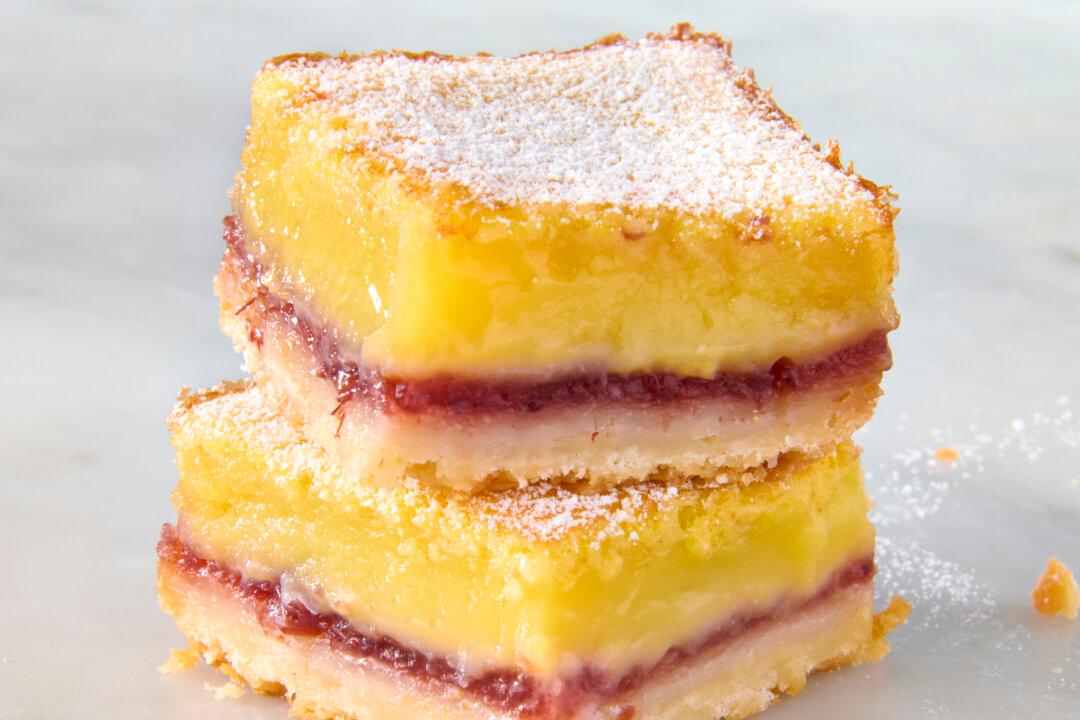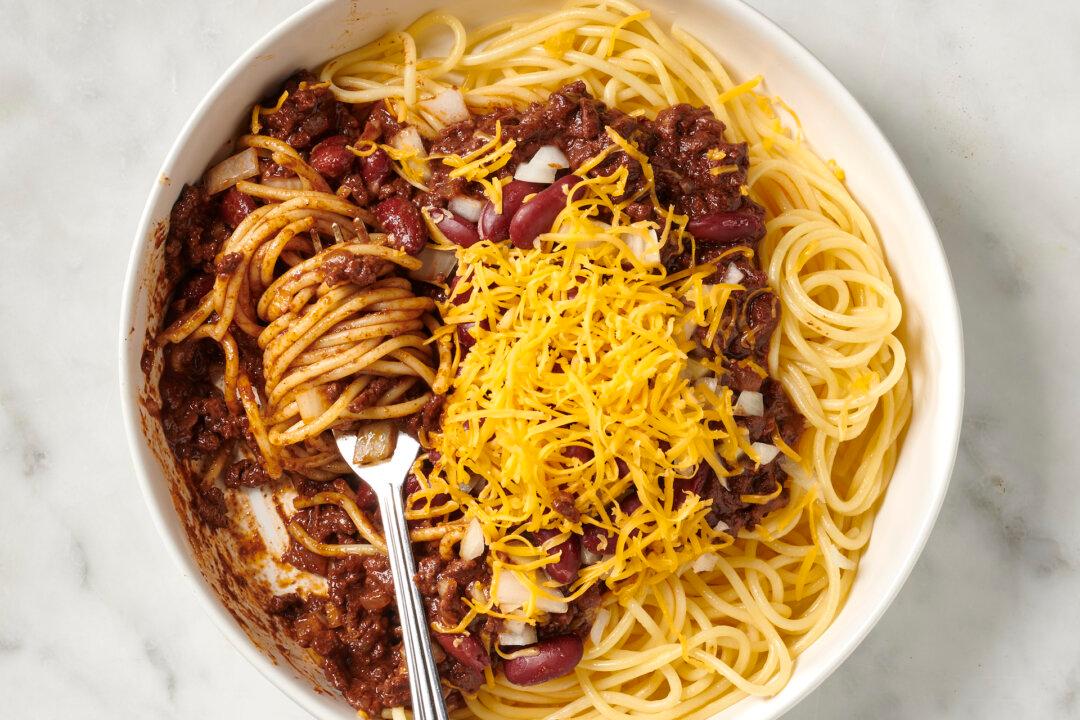There are recipes where taking a few shortcuts or starting with store-bought components is just fine. And then there are recipes where the very best version takes some extra time and effort, but the payoff makes it worth it.
Friends, this classic lemon tart is definitely the latter type of recipe.
Origins of the Recipe
I rarely find a recipe that stops me in my tracks, but that’s exactly what happened when I took my first bite of Cook’s Illustrated’s lemon tart. My husband and 7-year-old daughter made it for our Christmas dessert, and while it took them the better part of the day (and left us with a sink full of dishes), it was picture-perfect and honestly the best lemon tart I'd ever had, fancy bakery versions included.The lemon filling wasn’t overly gloopy or eggy, and it set just perfectly in the sturdy crust, which cut like a dream but still melted in my mouth. Having worked in the Cook’s Illustrated test kitchen myself, I knew they had worked hard to make the recipe as foolproof as possible.
Making the Perfect Tart Crust
Getting a buttery tart crust that slices without crumbling but also has a delicate sandy texture comes from three key ingredients and a food processor. Powdered sugar adds a lighter touch than granulated sugar, and an egg yolk and heavy cream provide the right amount of richness to keep the crust from getting tough. The food processor does all the heavy lifting, quickly breaking down the cold butter and wet ingredients into the dry ingredients while keeping the dough cold. I know it’s a pain to haul out the food processor, but it’s worth it in this case.The original recipe called for chilling the dough, rolling it out and lining the pan, and then freezing before par-baking. I was able to shave off some time by rolling out the dough immediately between two sheets of parchment paper, then freezing it for five minutes. This quick chill firms it up enough to line the tart pan, and then the whole shell is frozen while the oven heats up for the par-baking. (Or, you can stop at this point and leave the tart shell in the freezer for up to a day if you want to space out the prep; just keep it in the parchment and wrap the whole thing up in aluminum foil.)

A Foolproof Lemon Filling
As for the filling, the main thing I changed was making it in a double boiler rather than directly on the stovetop. Since it has so many eggs (seven yolks plus two whole eggs!), I wanted a bigger cushion of time between when it was thickened to perfection to when it was overcooked and clumpy. Yes, it’s an extra pan when you use a double boiler, but you don’t have to wash it since it’s only filled with water, and this method makes it easier to cook the lemon zest, lemon juice, sugar, butter, and eggs to the right consistency.Baking and Decorating
This tart bakes for just 10 to 15 minutes, or until the filling sets but the center is still a bit jiggly (it'll continue to cook and set out of the oven). After that, let it cool and decide how you want to decorate it. You can go simple with a dusting of powdered sugar, top with whipped cream, or turn a few of those leftover egg whites into a meringue that you can dollop on top and toast with a kitchen torch or broiler. But I’m even happy with a simple unadorned sliver. That way, I can treasure each crisp, creamy bite, and marvel at the magical sunny color (and flavor!) of the filling.
Classic Lemon Tart
Serves 10 to 12, Makes 1 (9-inch) tart- 8 tablespoons (1 stick) unsalted butter
- 1 large egg yolk
- 1 tablespoon heavy cream
- 1 teaspoon vanilla extract
- 1 1/4 cups all-purpose flour
- 2/3 cup powdered sugar
- 1/2 teaspoon kosher salt
- 4 to 5 medium lemons
- 7 large egg yolks
- 2 large eggs
- 1 cup granulated sugar
- 1/4 teaspoon kosher salt
- 4 tablespoons (1/2 stick) unsalted butter
- 3 tablespoons cold heavy cream
- Garnish options: powdered sugar, whipped cream, candied lemon peel, fresh berries, meringue
Place the egg yolk, heavy cream, and vanilla extract in a small bowl and whisk with a fork to combine. Place the all-purpose flour, powdered sugar, and kosher salt in a food processor fitted with the blade attachment. Pulse a few times to combine.
Scatter the cold pieces of butter over the flour mixture. Pulse until the mixture is like coarse sand, about 15 (1-second) pulses.
With the motor running, pour the egg mixture through the tube and process until big clumps of dough form, 20 to 30 seconds.
Transfer the dough to a sheet of parchment paper and gather into a smooth disc. Top with a second sheet of parchment paper and roll the dough into an 11-inch round that’s a little thicker than 1/8-inch. Slide the dough (still in the parchment) onto a baking sheet and freeze for 5 minutes.
Uncover the dough (reserve one of the parchment sheets) and transfer the dough into a 9-inch round tart pan with removable bottom. Gently ease and then press it into the sides and onto the bottom of the pan, making sure it fits snugly into the corners. Trim off any excess dough by running the rolling pin over the top of the pan. (If needed, press the dough scraps into any gaps in the crust that need patching.) Freeze the tart shell for 30 minutes. Meanwhile, prepare the lemon zest and juice and heat the oven.
Finely grate the zest of four to five medium lemons until you have 1/4 cup, loosely packed. Halve and juice the lemons until you have 2/3 cup. Place the zest and juice in a large heatproof (not aluminum) bowl. Arrange a rack in the middle of the oven and heat the oven to 375 degrees F.
When the crust is ready, place on a baking sheet. Press the reserved sheet of parchment paper onto the crust and fill with pie weights. Bake until set, about 30 minutes.
Remove the weights and parchment. Bake until just starting to turn light golden brown at the edges, about 5 minutes. Place the baking sheet on a wire rack while making the filling (the filling needs to go into a warm crust) and keep the oven at 375 degrees F.
Add the egg yolks, eggs, sugar, and kosher salt to the lemon zest and juice and whisk to combine. Cut the butter into 4 pieces and add to the lemon mixture.
Place the bowl onto the saucepan of simmering water and cook, stirring constantly with a heatproof spatula, until the mixture thickens slightly to the consistency of cold heavy cream and registers 170 degrees F on an instant-read thermometer, 7 to 8 minutes. Remove from the heat (some small lumps are OK).
Add the cream and strain the lemon filling. Stir in the cold heavy cream. Pour the mixture through the fine-mesh strainer and discard the contents of the strainer (make sure to scrape anything clinging to the underside of the strainer into the bowl).
Pour the filling into the warm crust. If there are any bubbles in the filling, gently pick up the pan and tap it against the counter. Bake until the center jiggles slightly when gently shaken but the rest of the filling is set, 10 to 15 minutes.
Place the baking sheet on a wire rack and let the tart cool completely, about 1 hour. Remove the outer ring and garnish with powdered sugar or whipped cream and candied lemon peel. Cut into slices and serve.
This recipe was adapted from Cook’s Illustrated.
The tart dough can be made and fitted into the tart shell. Keep frozen until ready to bake.
Leftover tart can be refrigerated loosely covered for up to two days. The crust will soften the longer it sits.




